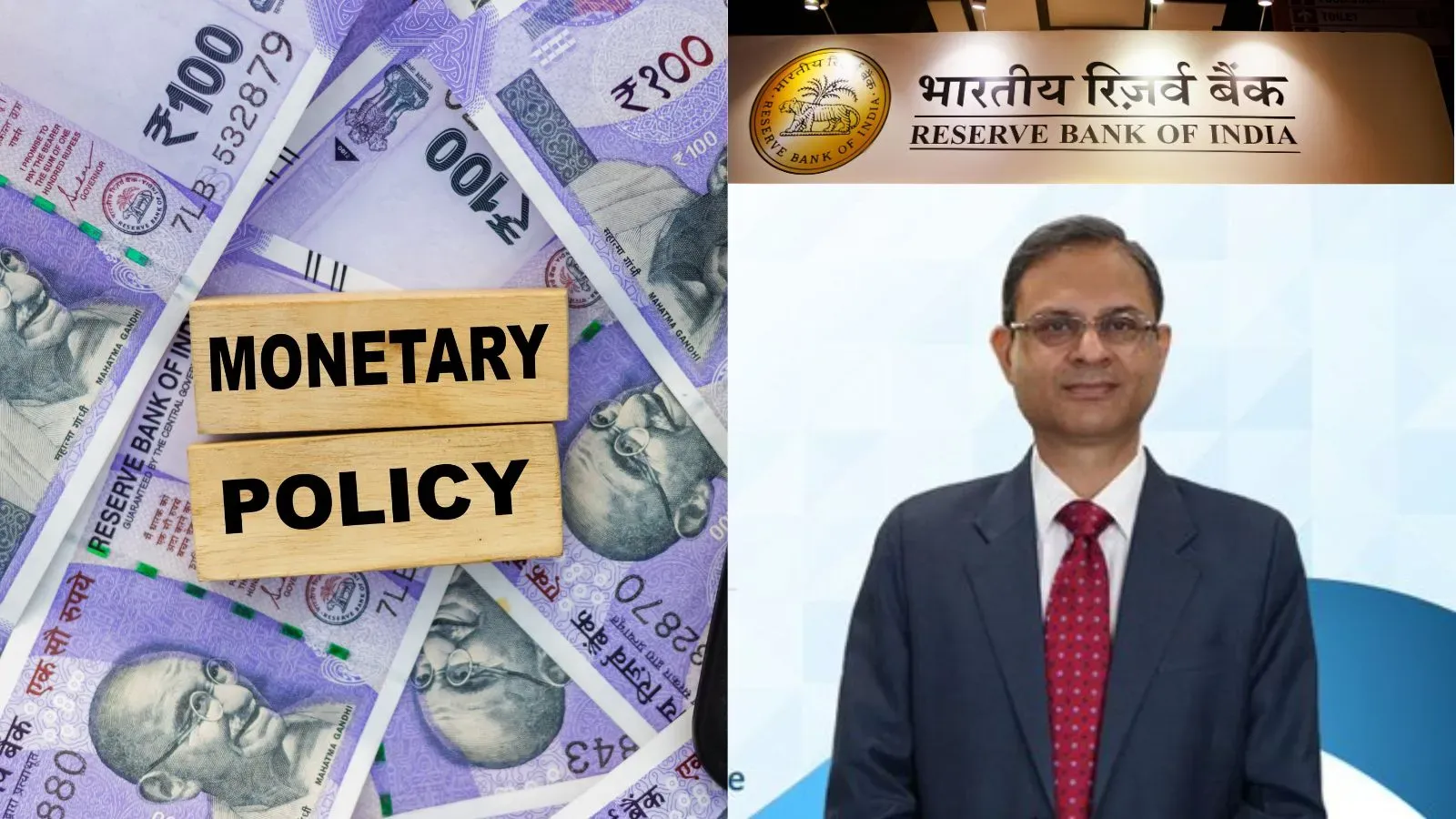Business News
The future of farming in India: Here’s what the Economic Survey reveals
.png)
4 min read | Updated on July 28, 2024, 20:32 IST
SUMMARY
Where is the agricultural sector heading in India? Can the pain points be resolved and loopholes be fixed? The future can’t be predicted, but the focus areas and policy shifts of the government can give an indication of what might change for the sector going ahead.

In the Budget 2024 speech, the Finance Minister said that enhancing productivity and resilience in agriculture is her priority
The Economic Survey 2023-24 sets a relevant goal for agriculture in India—it aims for the farm sector to become a promising employment provider and productive for India’s urban youth.
With the current realities, this goal might look a little far-fetched. But, it hits the nail right on the head in terms of identifying the fact that the agricultural sector is not seen as a booming area by the young workforce.
This doesn’t mean it is a failed sector. The Economic Survey highlights how India has evolved from being a food-deficit nation reliant on imports in the 1960s into a net exporter of agricultural products.
However, going ahead, challenges like low productivity, poor remuneration, fragmented land holdings, weather impact and inadequate marketing infrastructure can’t be ignored.
To top that, the Economic Survey admits that the Centre and state governments' monopoly of policies, working at cross purposes, is hurting farmers’ interests.
So, where is the agricultural sector heading in India? Can the pain points be resolved and loopholes be fixed? The future can’t be predicted, but the focus areas and policy shifts of the government can give an indication of what might change for the sector going ahead.
Let’s take a look at what the key focus areas in the agriculture sector, as highlighted by the Economic Survey 2023-24, indicate:
Movement of farmers to high-value agriculture
The Economic Survey 2023-24 says that the Indian agriculture sector provides livelihood support to about 42.3% of the population. However, most farmers are stuck growing basic staples. The survey points out that the need of the hour is to move from basic food security to nutritional security.
Smallholder farmers’ incomes cannot be increased by producing rice, wheat, or even millets, pulses and oilseeds, the survey said. “That is what happened in China between 1978 and 1984 when the real incomes of farmers doubled in just six years. India is well-placed to emulate this,” the Economic Survey added.
This might trigger a shift towards high-value crops, even by small farmers.
Though the government did not announce any special scheme to facilitate this shift in the Union Budget 2024-25, various credit schemes and cash incentives under the Pradhan Mantri Kisan Samman Nidhi (PM-KISAN) can offer basic income support as farmers take the leap of faith.
Security of farmers’ crops
Another focus area being worked on is ensuring the security of farmers’ crops. The Economic Survey highlighted the role of the Pradhan Mantri Fasal Bima Yojana (PMFBY), which offers a safety net against crop losses due to natural calamities, pests, or diseases. It ensures comprehensive risk cover for farmers against all non-preventable natural risks from pre-sowing to post-harvest. This should encourage farmers to adopt modern farming practices and technologies.
Making farming consistent with climate considerations
The agricultural sector requires a serious structural transformation due to challenges posed by climate conditions. Food prices are becoming highly vulnerable to heat waves, uneven monsoon distribution, unseasonal rainfall, hailstorms, torrential rainfall and historic dry conditions.
The National Mission for Sustainable Agriculture, a part of the National Action Plan on Climate Change (NAPCC), aims to evolve and implement strategies to make Indian agriculture more resilient to the changing climate. One of the most critical interventions in this regard has been ensuring assured irrigation for farmlands.
Also, Finance Minister Nirmala Sitharaman announced in her Union Budget 2024-25 speech that the Centre will review the agriculture research set-up to focus on raising productivity and developing climate-resilient varieties. She said 109 new high-yielding and climate-resilient varieties of 32 field and horticulture crops will be released for farmers' cultivation.
Improved agricultural marketing and price discovery
The government has been actively promoting its e-NAM Scheme. The National Agriculture Market (e-NAM) is a pan-India electronic trading portal that networks the existing APMC mandis to create a unified national market for agricultural commodities.
As of March 14, 2024, more than 1.77 crore farmers and 2.56 lakh traders had registered on the e-NAM portal. The government of India also launched a scheme to form and promote 10,000 farmer-producer organisations (FPOs) in 2020. As of February 29, 2024, 8,195 FPOs had registered under the new FPO scheme.
The Budget 2024 allocated ₹581.67 crore to the formation and promotion of 10,000 FPOs, an increase from ₹450 crore in FY24.
Consistent efforts in this direction can help achieve the goal of farmers getting fair price realisation for their produce.
The way head
In her Budget speech, Sitharaman said that enhancing productivity and resilience in agriculture is her priority. A shift to modern farming practices with traditional policymaking that prioritizes farmers' interests may enable the Indian agricultural sector to boost farmers’ income and create attractive opportunities for the youth in coming years.
By signing up you agree to Upstox’s Terms & Conditions
About The Author
Next Story

